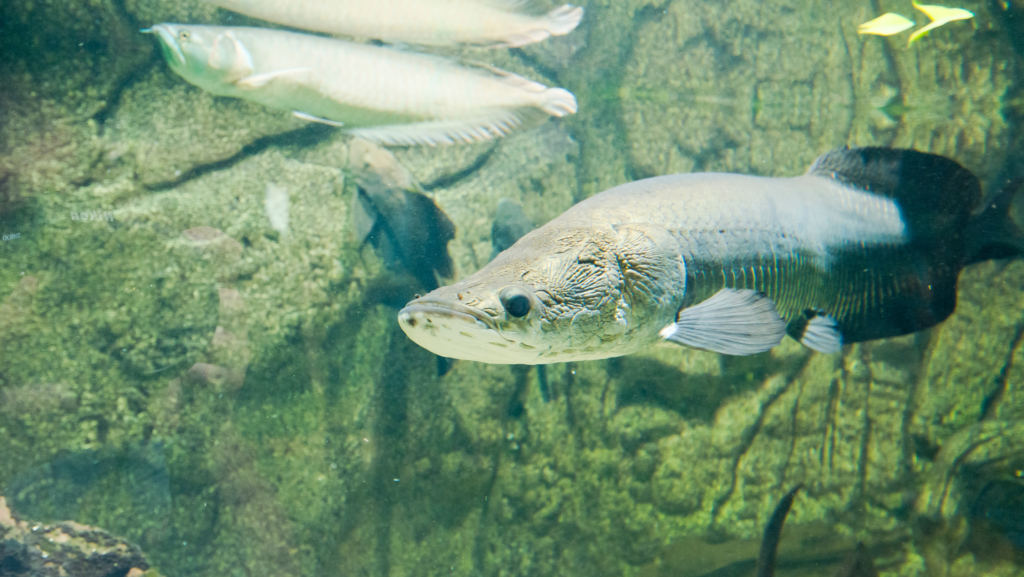Birth:

The barramundi fish (Lates calcarifer), also known as Asian sea bass or giant perch, begins its life cycle in freshwater environments. The journey starts when adult barramundi spawn in estuaries and rivers, releasing eggs and sperm into the water. The fertilized eggs develop into larvae within a day or two. These larvae are tiny, transparent, and highly vulnerable, floating in the water until they undergo metamorphosis into juvenile fish.
Growth:

As juveniles, barramundi seek shelter in mangroves, tidal creeks, and other protected areas. During this stage, they undergo significant growth, feeding on small crustaceans, insects, and tiny fish. Barramundi exhibit remarkable adaptability and can tolerate a wide range of salinity levels, allowing them to move between freshwater and saltwater environments.
As they grow, barramundi undergo several color changes. Juveniles often display a silver coloration with a dark, vertically elongated pattern on their bodies, providing effective camouflage in their habitats.
Life:
Barramundi can live in a variety of aquatic environments, from freshwater rivers and lakes to brackish estuaries and coastal waters. They are highly migratory and may travel considerable distances between freshwater and saltwater habitats. Their ability to adapt to different salinities contributes to their widespread distribution in the Indo-Pacific region.
Barramundi are known for their opportunistic feeding habits, consuming a diverse diet that includes crustaceans, small fish, and insects. They are often active predators, using their powerful jaws to engulf prey.
Reproductive:

Barramundi are protandrous hermaphrodites, meaning they have the ability to change sex during their lifespan. Initially, they start as males and later transform into females. This unique reproductive strategy enhances their chances of successful reproduction. When conditions are favorable, adult barramundi gather in estuaries and coastal areas to spawn. Females release large quantities of eggs, which are fertilized by the milt released by males. After spawning, the eggs float freely in the water until they hatch into larvae.
Death:
The lifespan of barramundi can vary, but they typically live up to 20 years in the wild. Their mortality rate is influenced by factors such as predation, environmental conditions, and human activities. Predators like larger fish, birds, and crocodiles pose threats to barramundi, especially during their vulnerable early stages. Additionally, changes in water quality, habitat degradation, and overfishing can impact their populations.
In conclusion, the life cycle of barramundi is a fascinating journey that takes them from the vulnerable larval stage to powerful predators in diverse aquatic environments. Their adaptability, unique reproductive strategy, and important ecological role make them a significant species in the ecosystems they inhabit.

